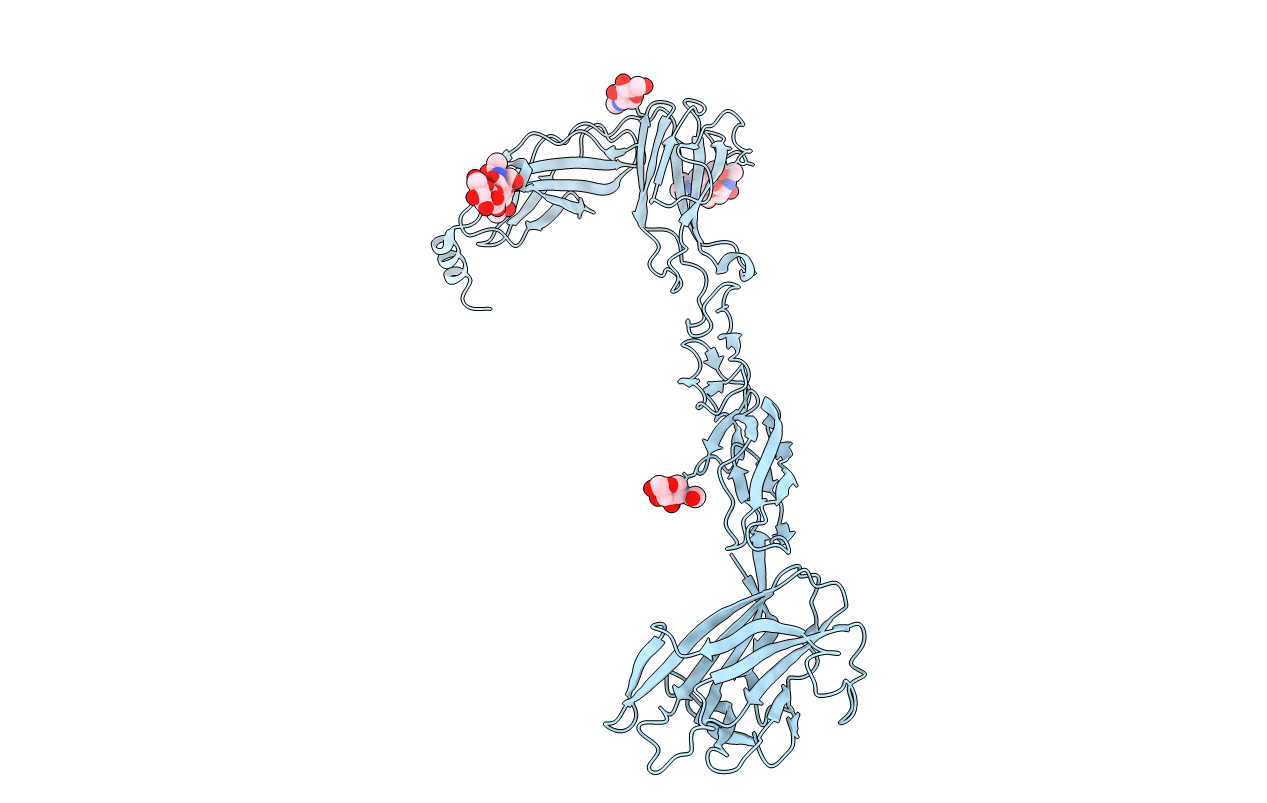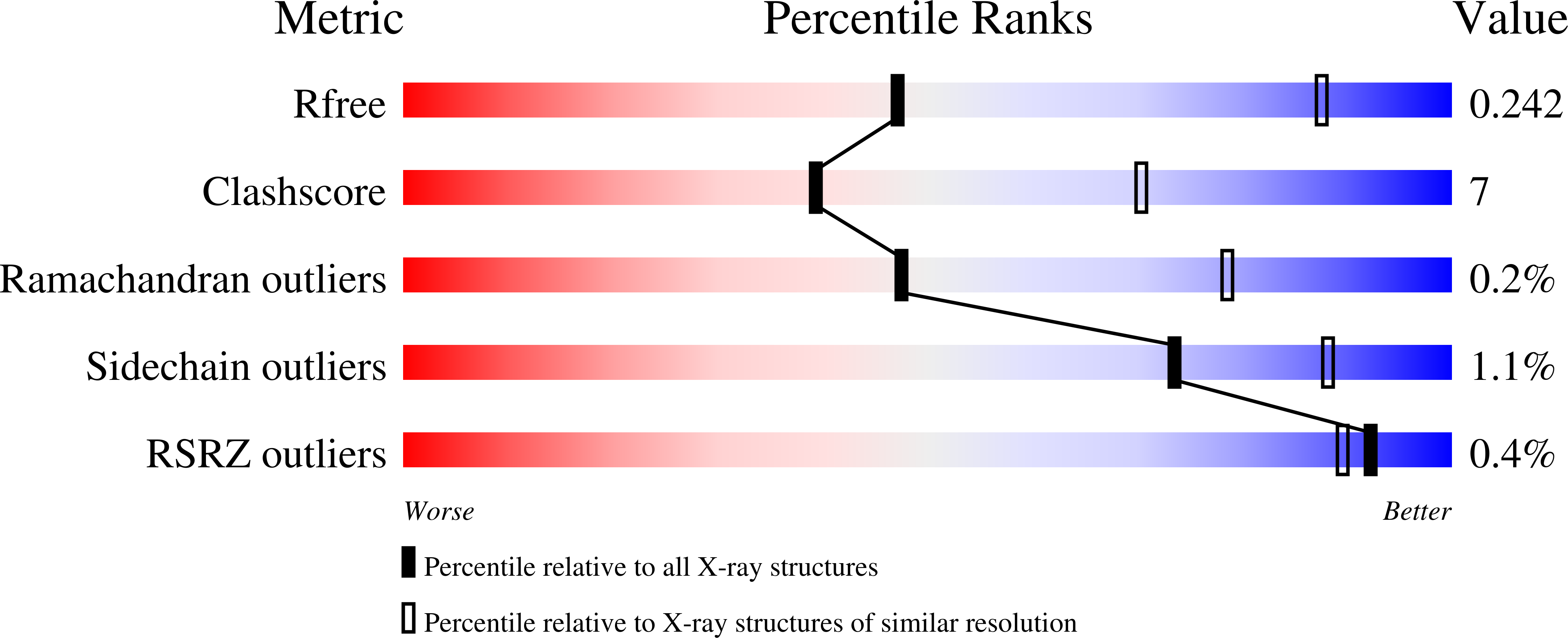
Deposition Date
2021-09-16
Release Date
2021-10-27
Last Version Date
2024-11-13
Method Details:
Experimental Method:
Resolution:
3.15 Å
R-Value Free:
0.24
R-Value Work:
0.21
R-Value Observed:
0.21
Space Group:
P 21 21 21


